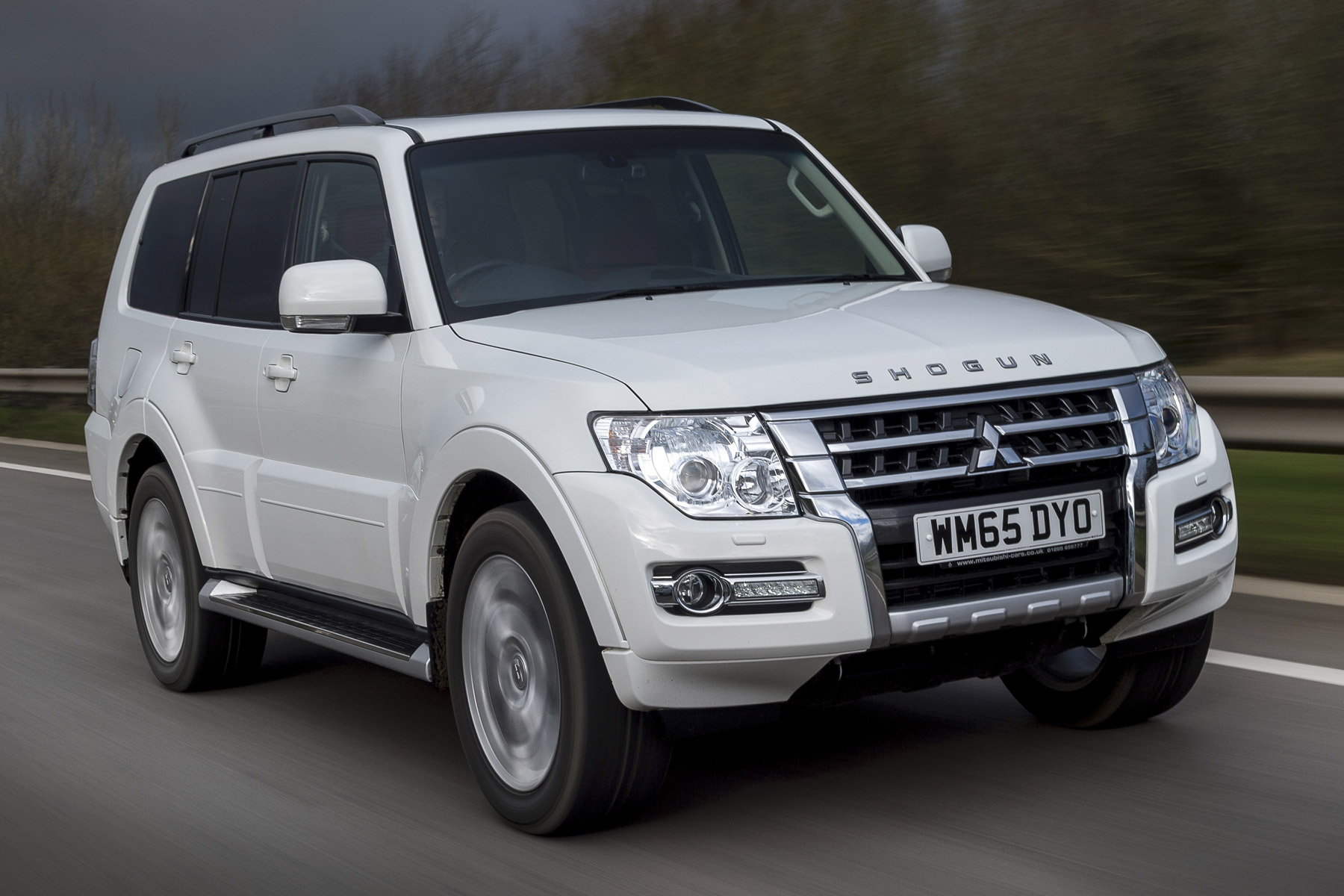
The Shogun is the four-wheel-drive for the horsey set. Badminton horse trials, muddy fields, huge horseboxes. As big as Land Rover Discovery, but more down-to-earth – Salisbury Plains rather than Hampstead Garden Suburbs. Tested here is the top long-wheelbase seven-seat SG5 version, but there are shorter three-door models that promise more agility.
What are its rivals?
Mitsubishi likes to call the Shogun an “authentic” 4×4, and we know what it means. The Shogun is designed for serious off-roading, with the all the knobs and levers you’d expect. So think Land Rover Discovery and Defender, Toyota Land Cruiser and Jeep Grand Cherokee.
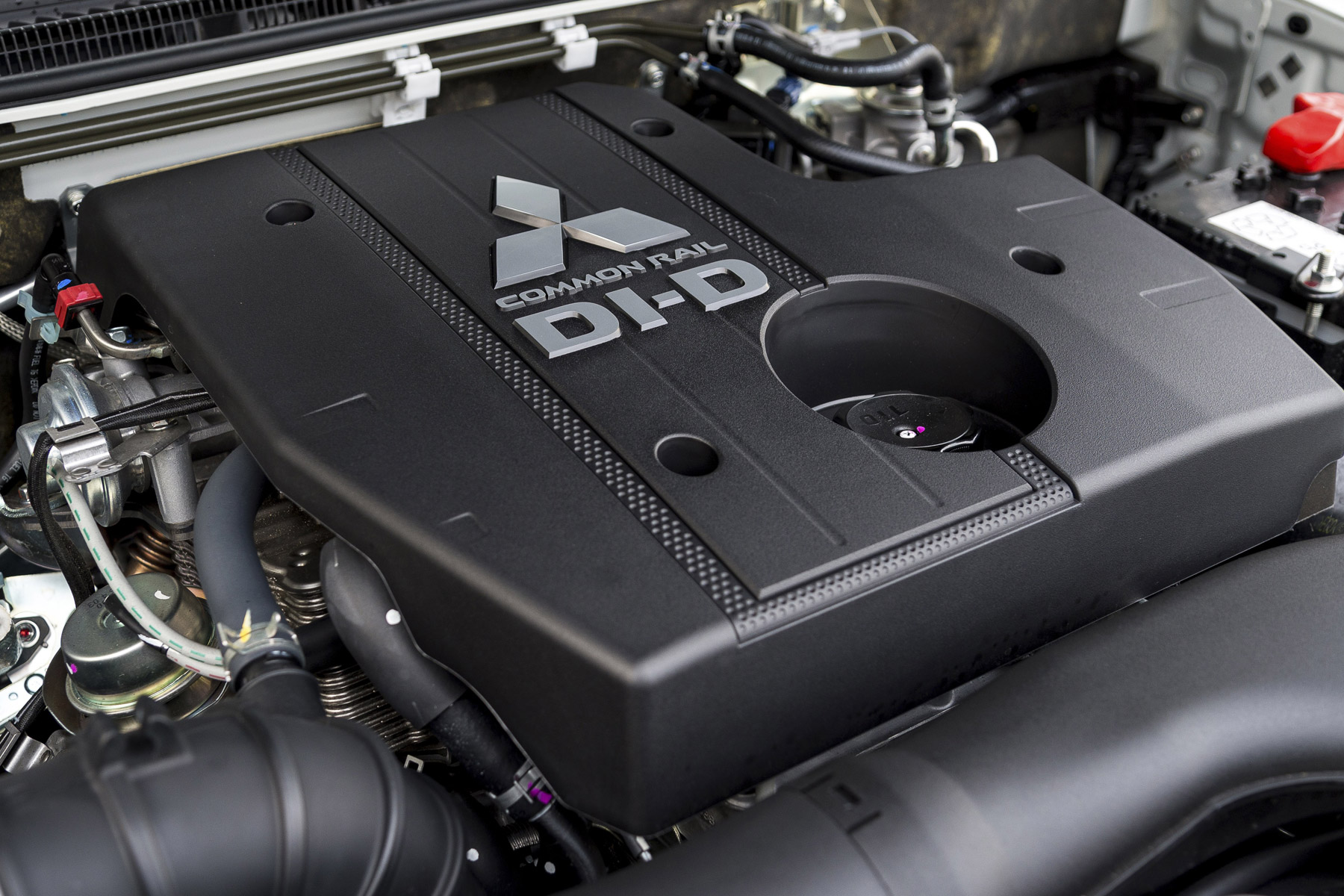
Which engine does it use?
Across the whole range there’s a choice of precisely one engine, a 3.2-litre diesel – improbably large for an engine with just four cylinders. With its double overhead camshaft, 16-valves, turbocharging and intercooling it manages 187hp, though the important number is 325 lb ft of torque at 2,000rpm, which means pulling power is decent. A five-speed automatic gearbox is standard.
What’s it like to drive?
Old fashioned. It’s one of the Shogun’s sticking points. The engine has been around for decades, and this model of Shogun is now ten years old – even in 2006 it wasn’t really all-new. The engine is pretty pokey, but the ride in the rear seats is hard, the steering needs a lot of whirling, and the handling on Tarmac is merely OK, even with the enormous tyres. Funnily enough, it is quite fast, though it gets noisy when that automatic gearbox kicks down and the engine starts to get into its stride. But the real laissez faire of the Mitsubishi Shogun is its off-road ability. It’s imperious.
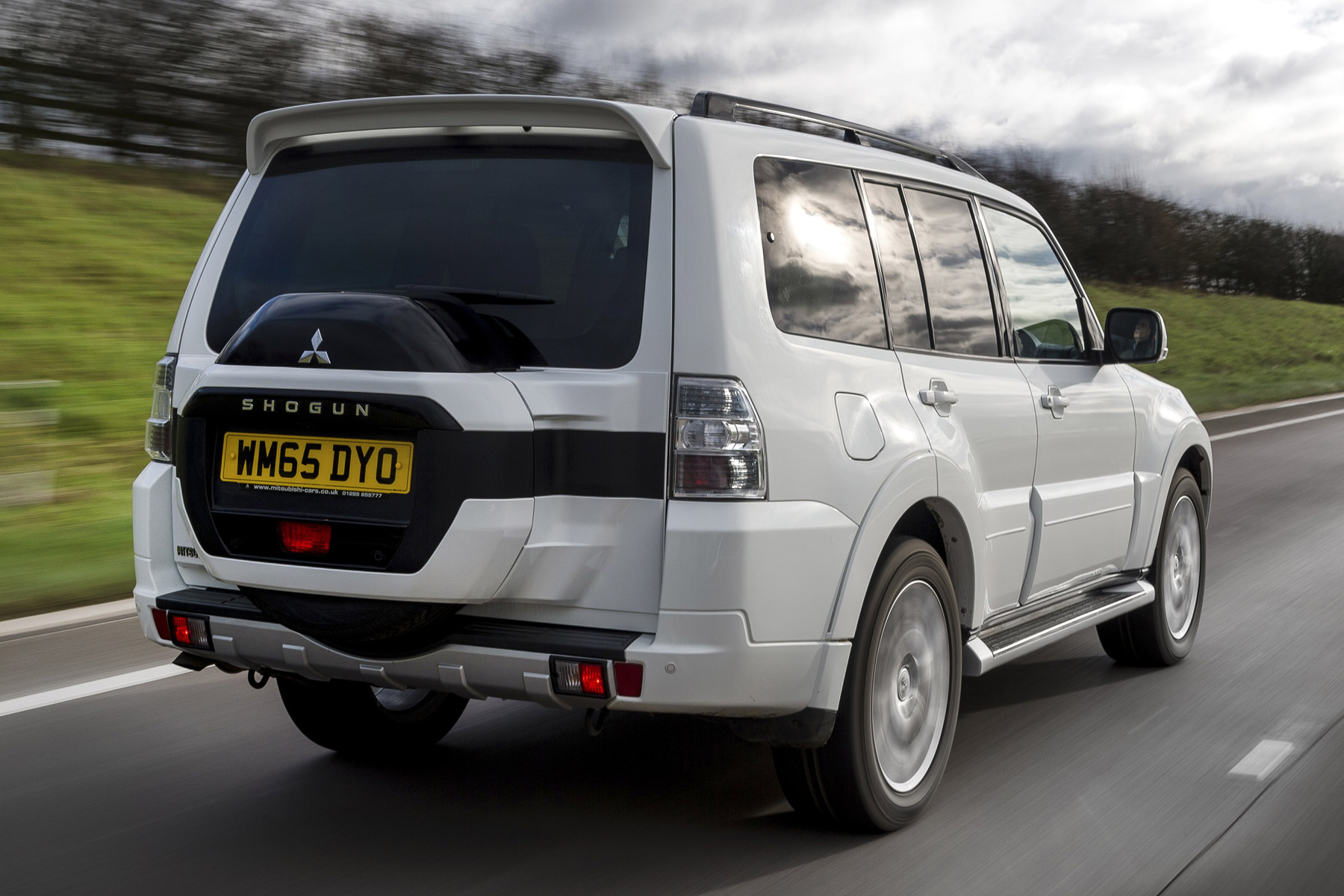
Fuel economy and running costs
Well, you pay your money and you take your choice. The age of the Shogun’s design means its great value to buy new, but you don’t get modern economy levels or emissions. 30.4mpg is the suggestion on the combined economy cycle, but we saw just 25mpg on the steady motorway run. CO2 is 245 g/km.
Is it practical?
Very much so. The long-wheel-base versions come with seven seats, the rearmost pair tumbling beneath the floor to leave a flat boot space. The floor level throughout is high, so you sit with your knees up a bit, and despite the plush looking Nappa leather in this SG5 version, the seats are merely comfortable rather than sofa-like. Fold all the seats forward and you’ll get a few sheep inside, though you’d probably want a boot liner to stop the muck getting down between the seats.
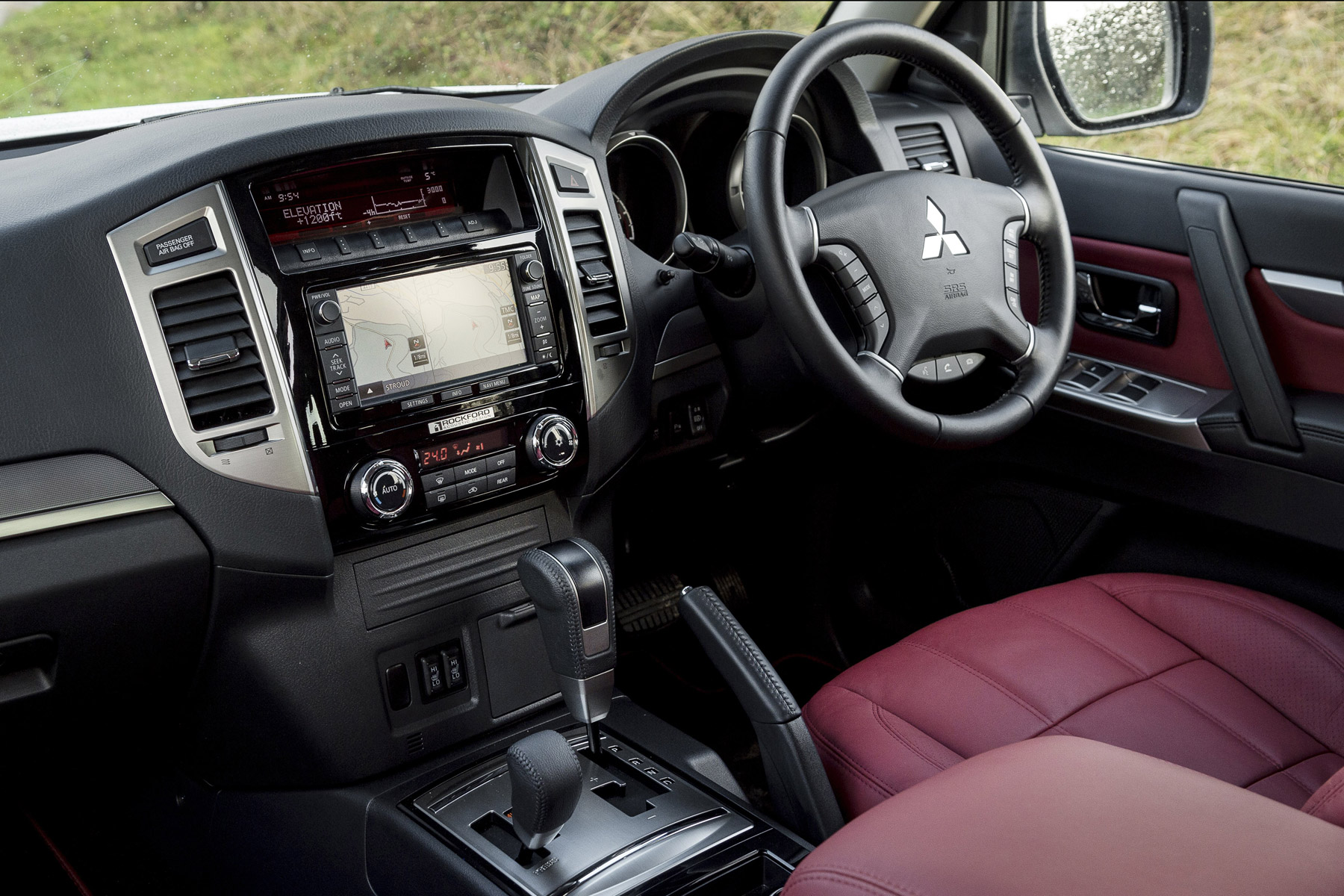
What about safety?
That’s a hard one, because the age of the Shogun means that EuroNCAP, the people who test crash safety independently, have overlooked it. We can just look at the six airbags, active stability control in corners, and brakes that adjust according to how heavily the Shogun has been loaded up, as positive signs. Don’t overlook the fact it weighs 2.4 tonnes either…
Which version should I go for?
It’s a three-way choice. Choose a short-wheelbase Shogun if you need the ultimate off-road agility and something that’s manageable in size, although you get only three doors, not five. The long-wheelbase SG5 driven here costs around £42k, but it’s packed with every option you could dream of. But for £10k less there’s the same car with fewer trinkets, an absolute bargain compared with anything of similar size and ability.
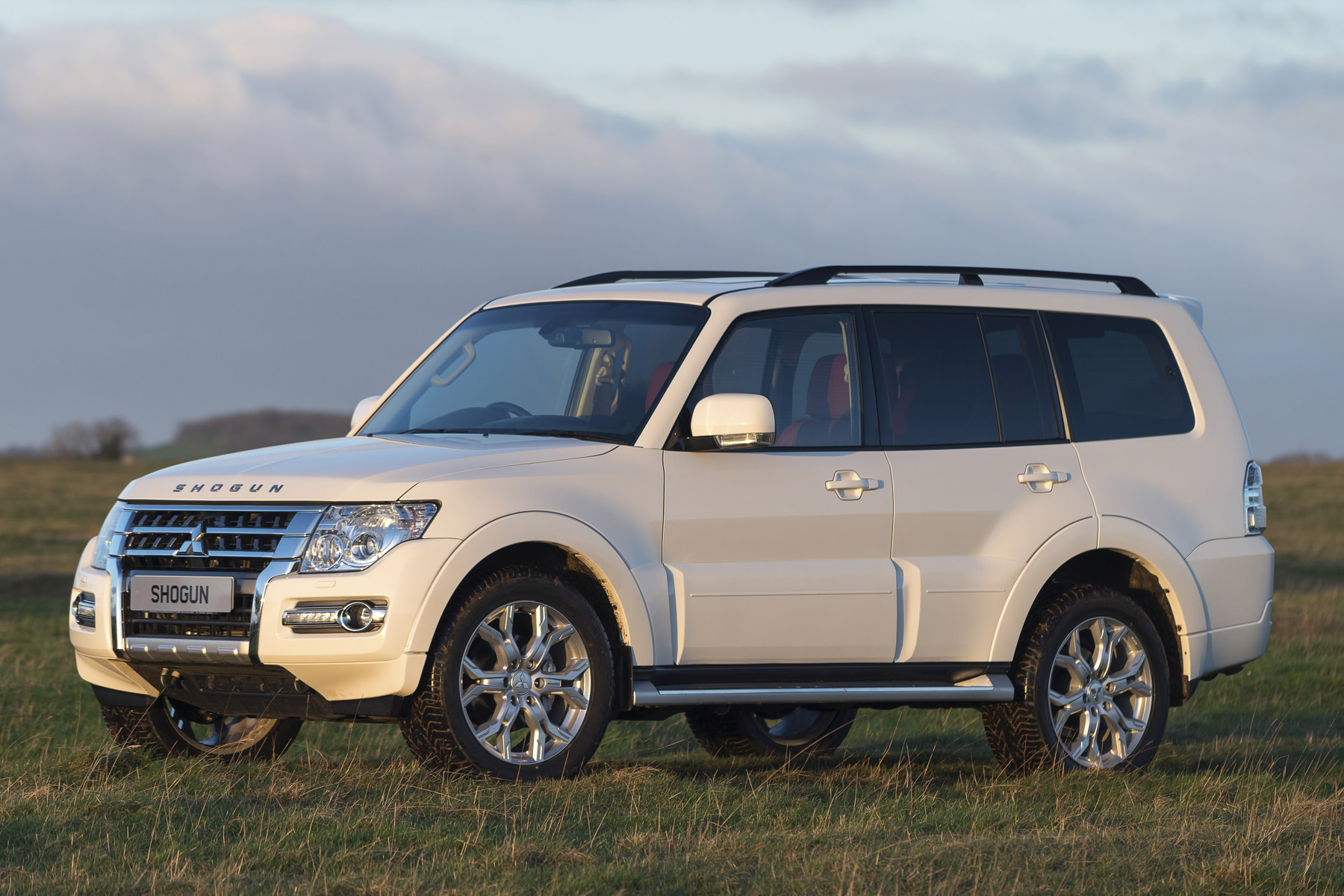
Should I buy one?
By all logical tests, the answer is “no”. What Car? gives it only two stars, for heaven’s sake. But owners love them, and we can see why. For the same reasons people still lust after the Land Rover Defender, despite its million flaws, the Shogun has a special place in the 4×4 market. Tough, able, spacious, it’s brilliant value for money and is likely to far more reliable than anything Land Rover sells, even today. We thought it rather engaging.
Pub fact
Most Shoguns come with Rockford speakers and a powerful trunk-mounted subwoofer, automatic dipping headlights, and a deeply confusing sat-nav system. You get four modes of four-wheel-drive too, right through to low ratio, diff-locked for extreme off-roading.